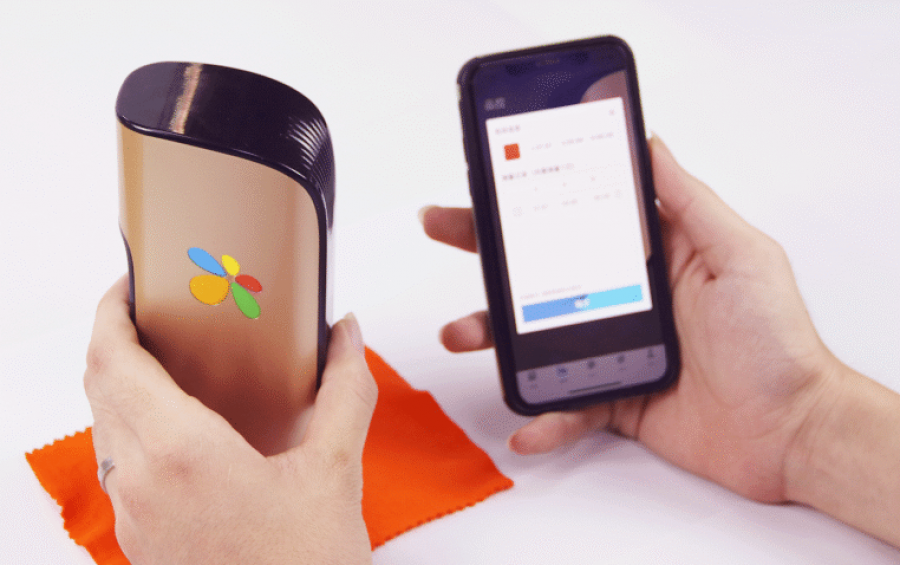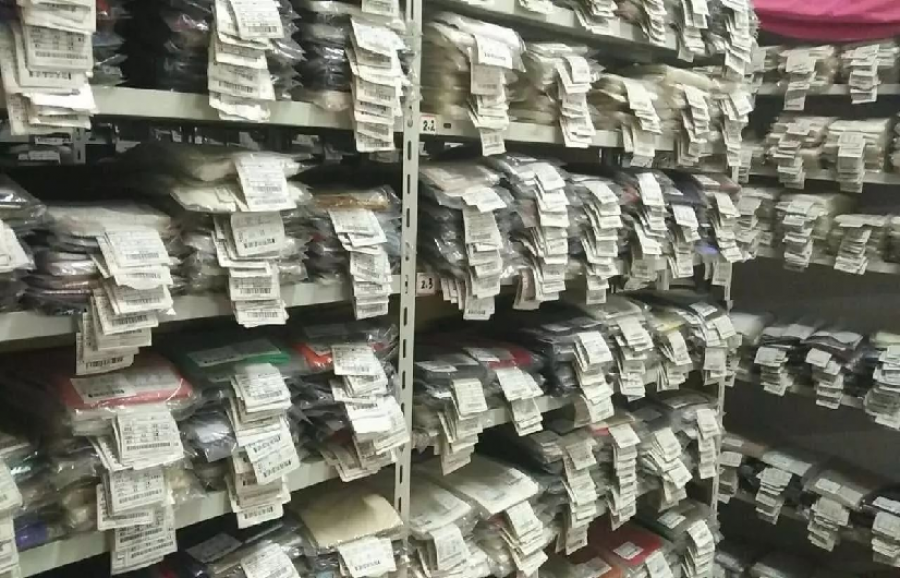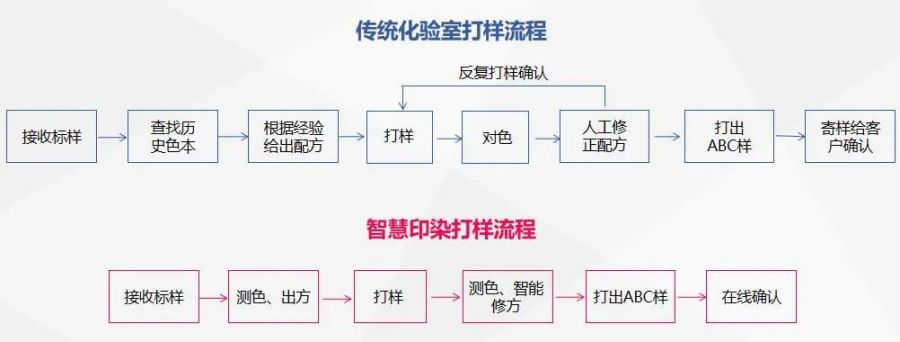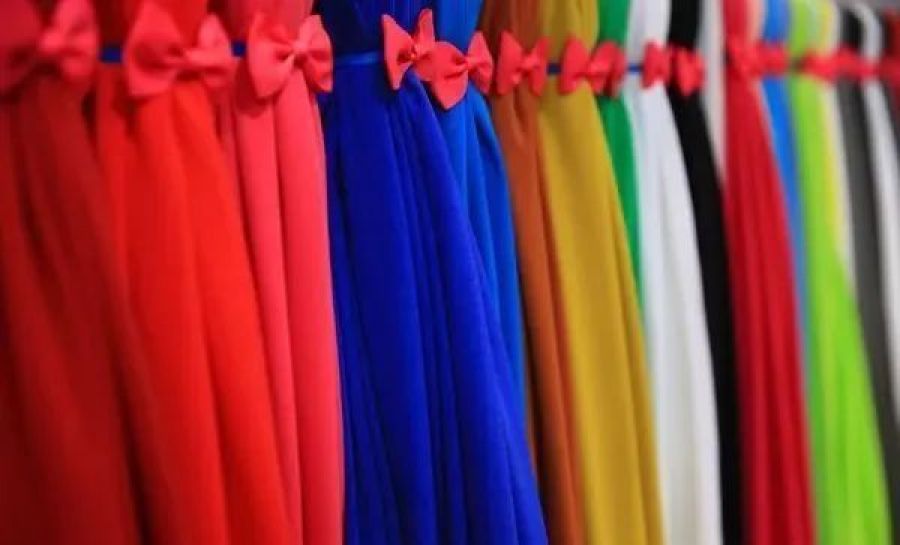In the post epidemic era, digital transformation has become a broad consensus in all walks of life. Due to the inherent complexity of the textile printing and dyeing industry (ever-changing dye colors, different fabric substrates, facing multiple requirements such as different light sources, fastness and environmental protection), it is more necessary to rely on the storage, search and analysis of big data to control the quality of the production process, so as to realize the efficient and fast reaction of the textile supply chain.

For traditional printing and dyeing enterprises, it is still in the exploratory stage of digital transformation. Many factories are actively exploring the development of intelligent production. Although they have invested a lot in automation and launched MES, ERP and other systems, they still can not really achieve digital production.
However, as a complex and long-term operation, printing and dyeing production is inseparable from color for any order and any fabric, so color digitization is the first and key step of printing and dyeing digitization.
Color digitization core tool -- Xiaomeng
So, how to realize color digitization in printing and dyeing plants that have long been used to judging color by human eyes?

As the core tool of color digitization, “Xiaomeng” can quickly measure the reflectivity data of any fabric and synchronize it to the software. The introduction of "Xiaomeng" into the printing and dyeing workflow can not only replace the human eye to quickly read the fabric color, but also test the color of the production process anytime and anywhere without the human eye's subjective color judgment and sending solid color samples, so as to realize the accurate transmission of color digitization and ensure consistency.
Munk big data helps realize intelligent printing and dyeing
At present, Munk color big data has integrated more than one million multi-dimensional core data such as fabric color, dye, fastness and light source. The AI algorithm independently developed by Munk can help printing and dyeing factories quickly accumulate their own big data, process and analyze big data, and realize intelligent printing and dyeing.

Color sample digital management
In the printing and dyeing plant, proofing and collecting production samples can be used as the reference color card for the next production, so as to improve the color matching efficiency and success rate. However, in the face of a large number of color samples accumulated every day, it is difficult to store and find.

AIDyeing can help the printing and dyeing factory realize the digital storage and management of color number, customer, fiber specification, color and formula. It can quickly and accurately locate, intelligently search with one click, and never worry about fading.
Efficient intelligent proofing
The reflectance data of the standard fabric measured by "Xiaomeng" is synchronized to AIDyeing app. After obtaining the color of the standard sample, you can quickly search the formula database to obtain a series of optimized formulas that meet the requirements of light jumping, fastness and environmental protection. The formula fully considers the factors such as dyeability and cost, so as to realize more effective development, management and digital interactive presentation of color.

One color proofing is reduced from an average of 5-10 rounds to 2-4 rounds, the success rate of one color matching is more than doubled, and the proofing cycle is shortened by half.
Improve the one-time success rate of dyeing
In the process of dyeing production, the experience of the color master determines everything. The color is repaired repeatedly, the delivery date can not meet the customer's requirements, the dyeing cost remains high, and it is more and more difficult to make money... In the face of new demands such as higher and higher quality requirements, shorter and shorter order delivery date, and more and more demanding color requirements, it is very important to improve the primary dyeing yield.

Through Munk intelligent printing and dyeing solution, we provide customers with accurate dyeing formula for mass production, improve the reproducibility of samples to mass production, and avoid repeated confirmation and color modification.
The data presentation of color matching results can help the printing and dyeing factory accumulate data such as fabric color, process and formula under the production site environment, establish a user-defined color + formula database for the printing and dyeing factory, and realize the digitization of formula and color.
Back